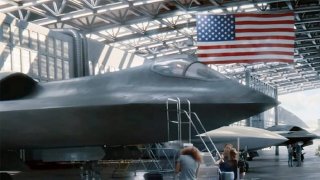NGAD: America's New 6th Generation Fighter Has 'X-Plane DNA'
This week at the POLITICO Defense Summit, U.S. Air Force Secretary Frank Kendall revealed that a secret, multi-agency X-plane program paved the way for Next-Generation Defense Summit (NGAD).
The United States has seen the development of several so-called "X-planes," the series of aircraft that have been used to test and evaluate new technologies and aerodynamic concepts. The concept was first initiated during the Second World War and has continued to the modern day.
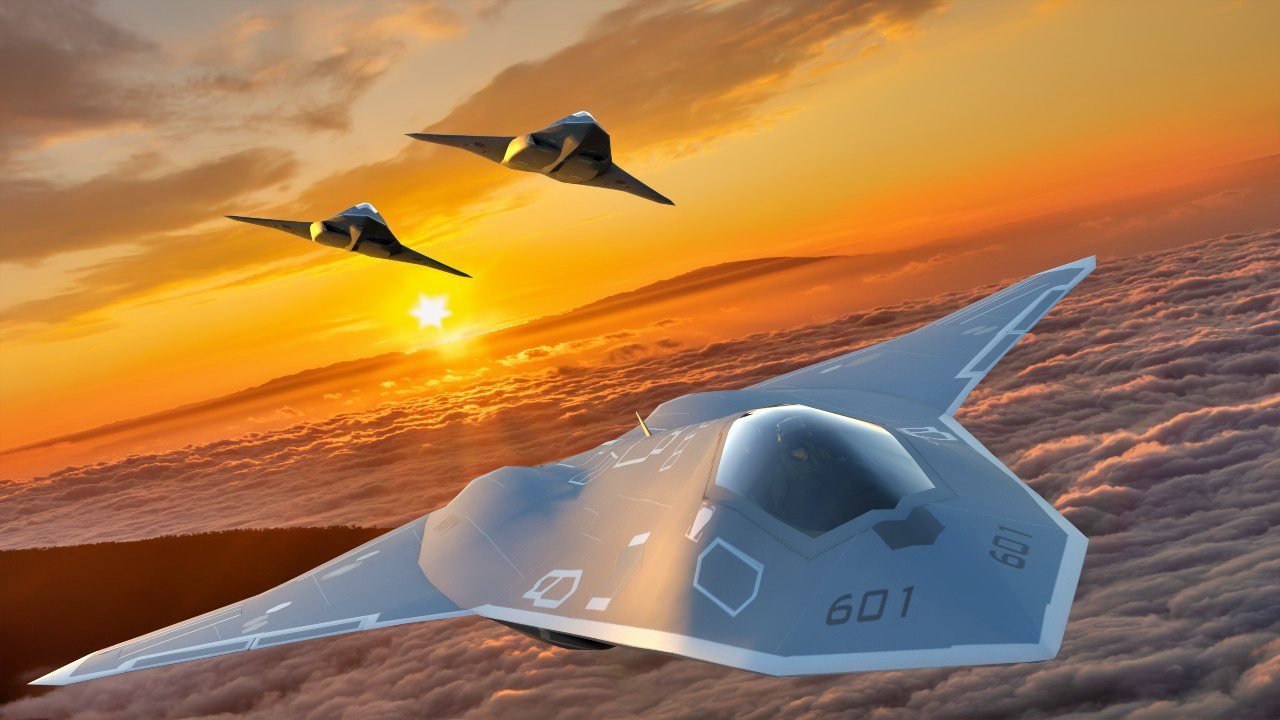
To date, there have been around seventy X-planes that have been disclosed to the public.
It appears that there was another one.
This week at the POLITICO Defense Summit, U.S. Air Force Secretary Frank Kendall revealed that a secret, multi-agency X-plane program paved the way for Next-Generation Defense Summit (NGAD) – Air & Space Forces Magazine first reported.
It was also three years ago that then Assistant Secretary of the Air Force for Acquisition, Technology and Logistics, Dr. Will Roper, announced that the U.S. Air Force had secretly designed, built, and flown a full-scale prototype for the NGAD.
It is unclear if that prototype was part of the X-plane program.
However, as the report noted, Kendall's remarks have shed a few more details about the highly classified project, including the agencies that are involved, as well as some of the money spent. Kendall further revealed that the NGAD will control the uncrewed fighters escorting it and that the unmanned Collaborative Combat Aircraft program won't get started until the fiscal year 2024 (FY24) defense bill is passed.
The X-plane Explained
The involvement of an X-plane with the NGAD would be unique, as the experimental aircraft are generally employed to explore new, previously unfielded technologies on an air platform, while the term "Y-plane" is generally a prototype of a specific platform. With some refinement, those aircraft can be put into production.
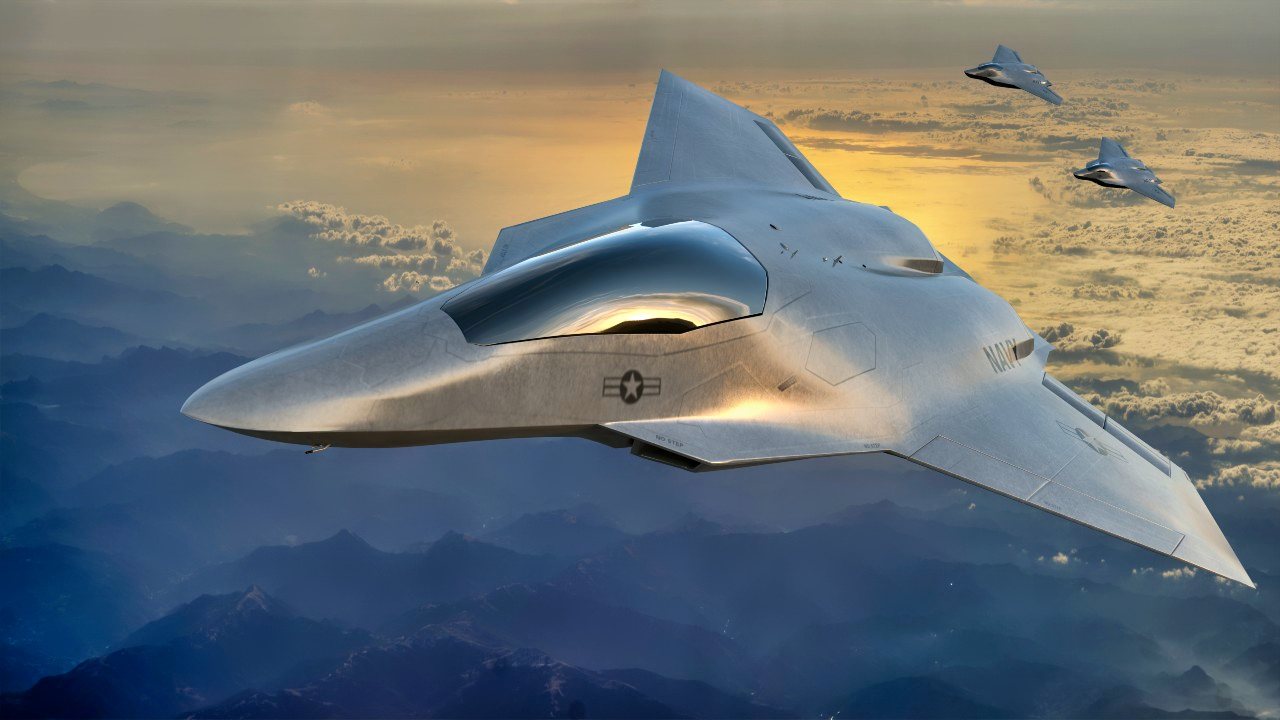
However, it has been noted that the Department of Defense (DoD) selected the Lockheed Martin X-35 at the conclusion of an X-plane competition with Boeing's X-32. Those X-planes explored combining supersonic flight with short takeoff and vertical landing capabilities and stealth, as well as new manufacturing techniques. Perhaps X marks the new spot in fighter aircraft development.
More Than a Single Aircraft
The NGAD is also more than a single aircraft. Described as a "family of systems," the goal of NGAD, which originated from a DARPA (Defense Advanced Research Projects Agency) Air Dominance Initiative study in 2014, is to field a new sixth-generation fighter aircraft in the 2030s to replace the Lockheed Martin F-22 Raptor.
The Air Force has estimated that the NGAD program could cost $11.7 billion from 2024 to 2027. It would be one of the most expensive Air Force programs to date.
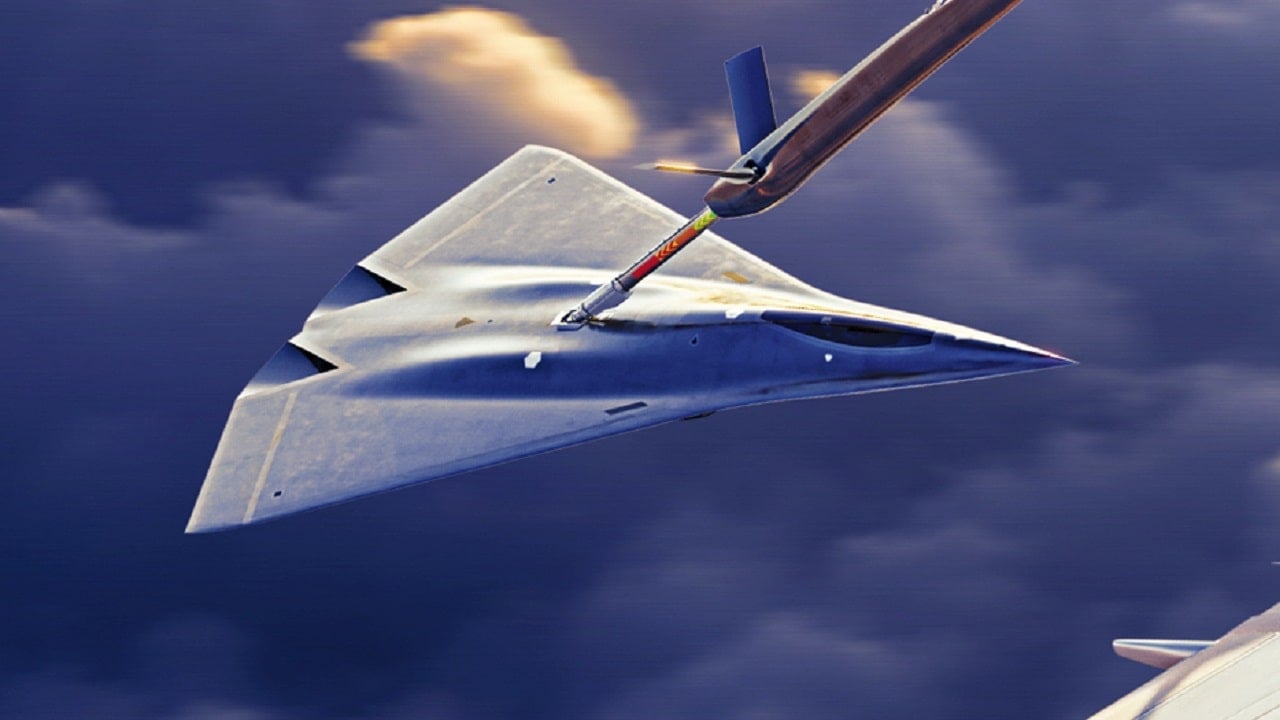
Truly Loyal Wingman
NGAD will actually include a number of manned and unmanned systems. A variety of multi-mission drones, which have been dubbed Collaborative Combat Aircraft (CCA), could act as the loyal wingmen for the manned NGAD fighter.
As reported by Air & Space Forces, CCAs are building on the progress of other Pentagon and partner efforts including the U.S. Air Force's Skyborg program, the Air Combat Evolution program under DARPA, and aviation giant Boeing's work with Australia on the MQ-28 Ghost Bat.
"All of those coming together convinced me that we were ready to commit this kind of capability," Kendall said.

He further described the CCA as one of the most important programs waiting for funding. It is slated to receive $5.8 billion over the next five years. Production will begin at the end of the five-year cycle, around fiscal 2028.
It was also noted that the CCA program is not part of this NGAD Platform source selection. Kendall has said that the NGAD and CCA will be developed "in parallel," yet he has declined to say when a contract award for the CCA program might be awarded.
What Companies Are Involved?
Earlier this year, Kendall also noted that a single defense contractor would take the lead as overall designer and developer, even as multiple companies have worked on different designs. There will also be ongoing competition to supply NGAD’s systems, and an overall winner will be picked – a noted reversal from the original NGAD concept that had called for rolling competitions, which could produce a series of incrementally better platforms. That was revealed to be too costly.
To date, industry sources have suggested that Boeing and Lockheed Martin have been involved in the NGAD program, while Northrop Grumman announced last July that it won't compete to be the prime contractor on the NGAD fighter program.
Currently, Boeing and Lockheed Martin are the only U.S. defense contractors producing fighter aircraft, while Northrop Grumman has been focused on the B-21 Raider long-range strategic bomber, which was officially unveiled just under a year ago. It was just last week that the B-21 Raider took its first flight in Palmdale, California. It followed several taxi tests at the facility.
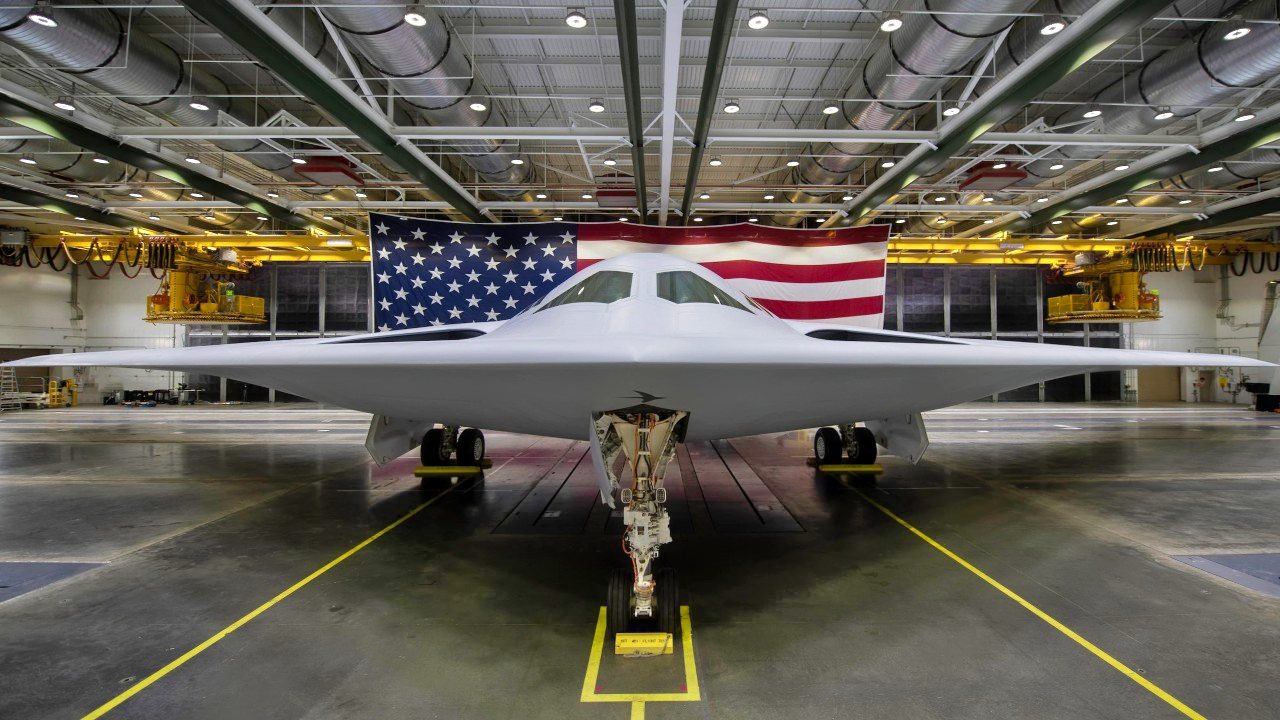
Northrop Grumman may still be involved in the NGAD however.
Last year, the Air Force announced that it awarded contracts worth a total value of $4.9 billion to five companies – General Electric, Raytheon Technologies' Pratt & Whitney, Boeing, Lockheed Martin, and Northrop Grumman – to develop prototypes of an adaptive engine for the next-generation fighter jet.
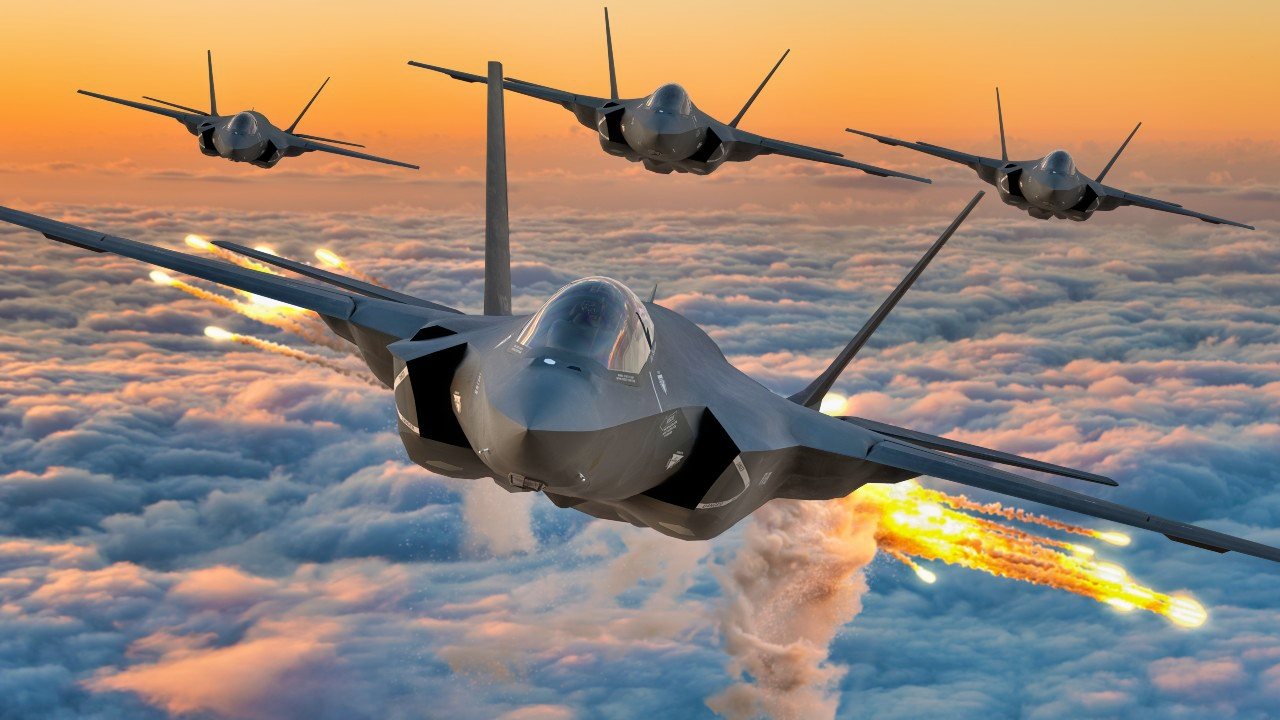
Each of the awards, worth up to $975 million, was for design, analysis, rig testing, prototype engine testing, and weapon system integration. The work is to be completed by July 2032.
"The contract is for the execution of the prototype phase of the Next Generation Adaptive Propulsion program and is focused on delivering capability enabling propulsion systems for future air dominance platforms and digitally transforming the propulsion industrial base," the award notice stated.
Author Experience and Expertise
Peter Suciu is a Michigan-based writer. He has contributed to more than four dozen magazines, newspapers, and websites with over 3,200 published pieces over a twenty-year career in journalism. He regularly writes about military hardware, firearms history, cybersecurity, politics, and international affairs. Peter is also a Contributing Writer for Forbes and Clearance Jobs. You can follow him on Twitter: @PeterSuciu.
All images are Creative Commons.


